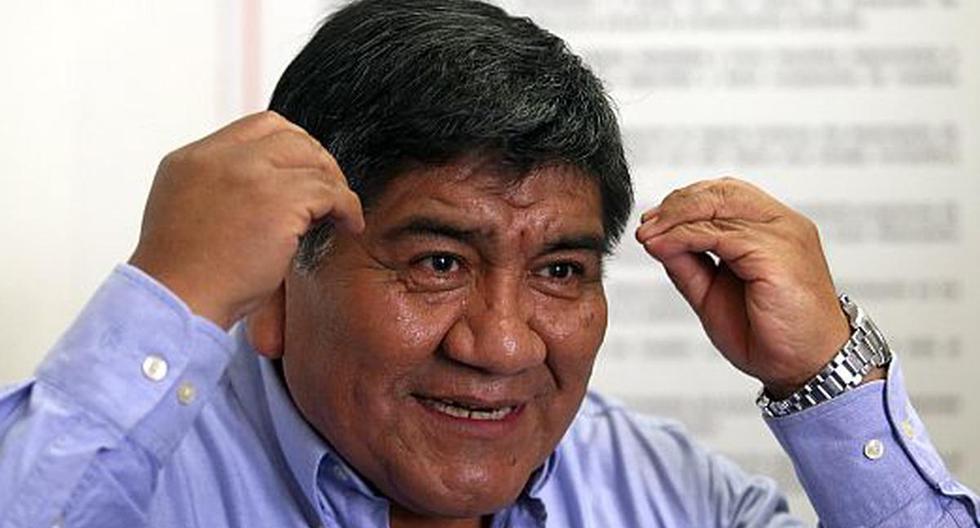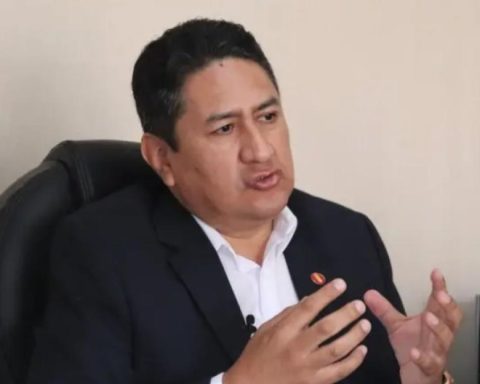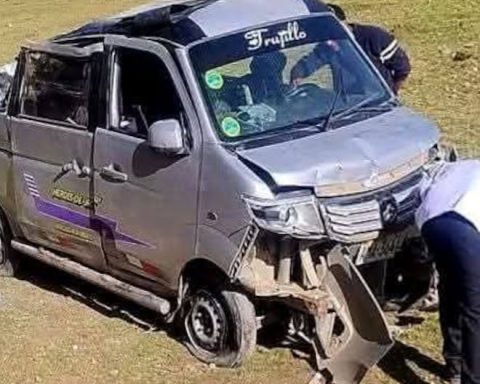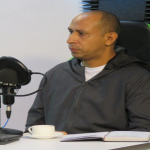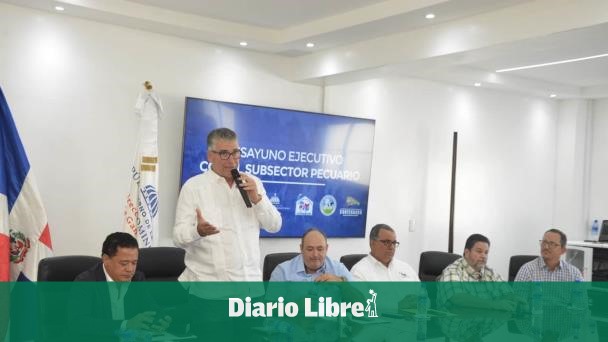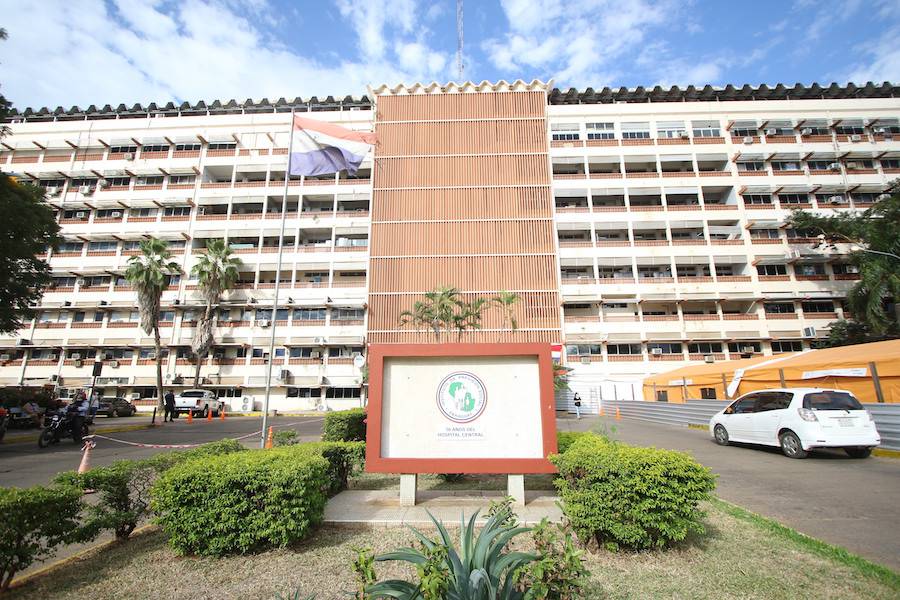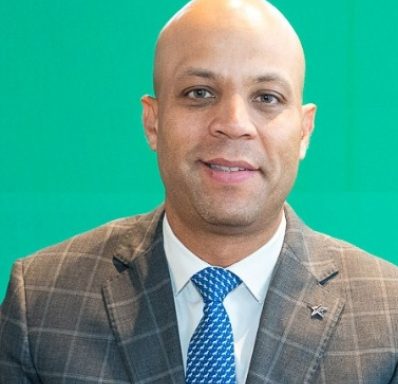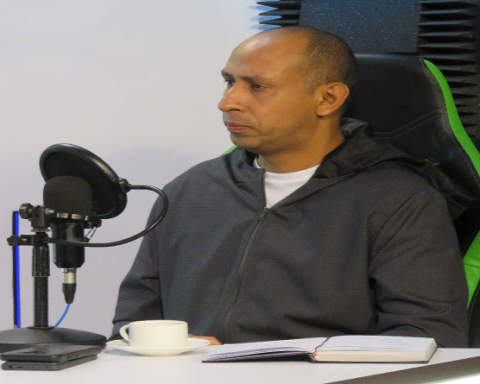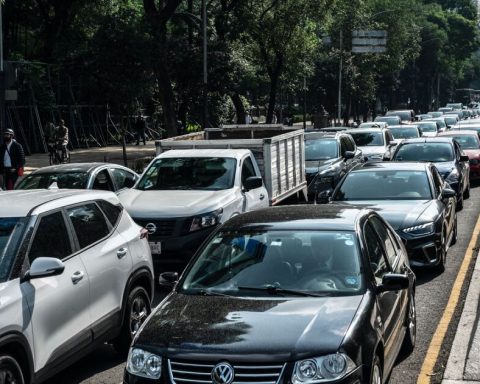Rómulo Mucho is a mining engineer, professor and politician. He also served as Vice Minister of Energy and Mines. Since then, he has seen how the illegal minery has grown at a dizzying rate. That same activity that today is present in the protests in the interior of the country.
What is the state of illegal mining?
In the year 2000, informal mining was not very large, it was an activity carried out by 10,000 to 20,000 people. The number was increasing due to the rise in the price of gold. Today we have almost half a million Peruvians who are dedicated to that. At that time (Alejandro Toledo’s government) we worked for a law to formalize artisanal mining: Law 27561, but unfortunately this did not work because the State never had resources and they created regional governments. Today the informal miners, who actually want to work according to the law, have recently presented bill 3634 through the Energy and Mining Commission, which includes all the concerns to be able to formalize. It is still in consultation and all the institutions have it to issue an opinion.
What interest would illegal mining have in the Chala-Arequipa blockade?
I think the miners who have been in the Chala and Calpa area want to formalize themselves. But there has been an external element in the sowing of hatred of the Castillo government, in which he blamed Congress. It has been a campaign of polarization and hate carried out by the former president. This is the effect we are seeing. Many miners from that area and from other areas have been deceived. Because no association in the sector has been in favor of these acts of vandalism to the point of paralyzing free transit, which is punishable by law.
How much money does illegal mining move?
It is true that a part of the illegal mining has been participating in these violent takeovers that have added to other social ills. Chala became one of the last bastions to defend Castillo. This is a premeditated plan, this underground economy is the strongest, before it was drug trafficking. There are studies that indicate that informal mining moves 40 tons of gold, that adds up to almost 3 billion dollars. It would be necessary to investigate who have incited and how they have financed.
How much damage is caused by illegal mining and in which regions is it?
Before, illegal mining was in Chala, Caravelí, Apurímac and Puno, but today it is all over Peru, along the entire coast: Lima, Áncash, Huarmey, La Libertad, Piura, etc. The damage it causes is really great because they evade taxes for the gold they extract and sell in another country. It can bring crimes of human trafficking and child exploitation. Informal mining enters concessions belonging to others, in some cases natural reserves. The ministries do not even have this updated data. The State can solve all this by formalizing them.
